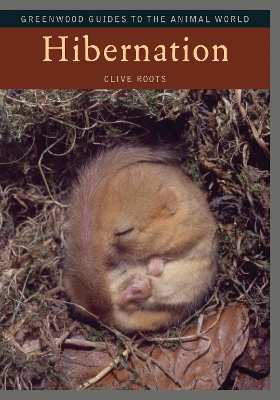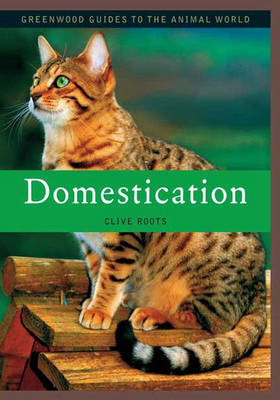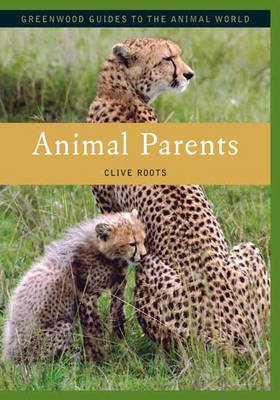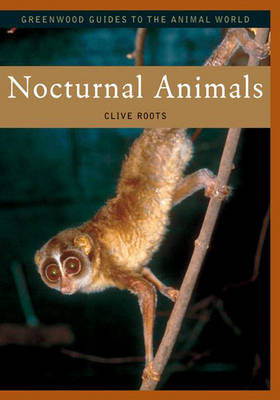Greenwood Guides to the Animal World
5 total works
We share the earth with a wide variety of animal species, each of which brings something special to the diversity of the planet. By knowing more about how animals behave and live, we gain a greater understanding of how life evolved and the importance of biodiversity. Hibernation examines those animals that cannot migrate and are forced to remain in a habitat that is inhospitable and consequently sleep deeply for weeks or months. Known as hibernation for winter sleep and estivation for its summer equivalent, this unique trait involves many special behaviors - how do such animals prepare for sleep? where do they sleep? how do they store energy? how do they wake up? The book provides a thorough guide, perfect for research papers in biology classes, for understanding the behavior and biodiversity of a fascinating and unusual group of animals.
Beautifully illustrated, with numerous color images, Hibernation provides copious material for understanding these unusual animals.
Hibernation provides thorough coverage of the animals that have this unusual behavior, including:
Mammals of the temperate zones, such as the ground hog and prairie dog, that can raise their temperature when in danger of freezing
In contrast, the cold-blooded fish, amphibians, and reptiles that have no control over their body temperature, and therefore cannot raise it to avoid being frozen
The northern bears that are the only animals to raise their young while hibernating
The animals that live in semi-arid regions which must burrow into sand or mud and encase themselves in a waterproof membrane to avoid drying out.
We share the earth with a wide variety of animal species, each of which brings something special to the diversity of the planet. By knowing more about how animals behave and live, we gain a greater understanding of how life evolved and the importance of biodiversity. This volume provides a complete guide to those birds that have evolved a trait that would seem to harm their ability to survive - flightlessness. Flight has its advantages - why would some birds be flightless? Flightless Birds covers the loss of flight in birds, both permanently after years of evolution, and temporarily as a result of unusual molting behavior, and those species that are in various stages of losing their flight. The book provides a thorough guide, perfect for research papers in biology classes, for understanding the behavior and biodiversity of a fascinating and unusual group of animals.
Flightless Birds includes sections on the major groups of flightless birds: Rarities whose ancient ancestors were on the continents when they broke away millions of years ago, and who survived despite competing with mammals; birds that were marooned on islands in the ocean, where food was plentiful and predators absent; penguins, which evolved alongside seas teeming with food and had no need to fly, and the special case of New Zealand's many flightless species which evolved in a predator-free paradise but could not cope with the settlers and their alien animals; and the many species which have become extinct within historic times. Beautifully illustrated, with numerous color photos, Flightless Birds provides copious material for understanding these unusual animals.




